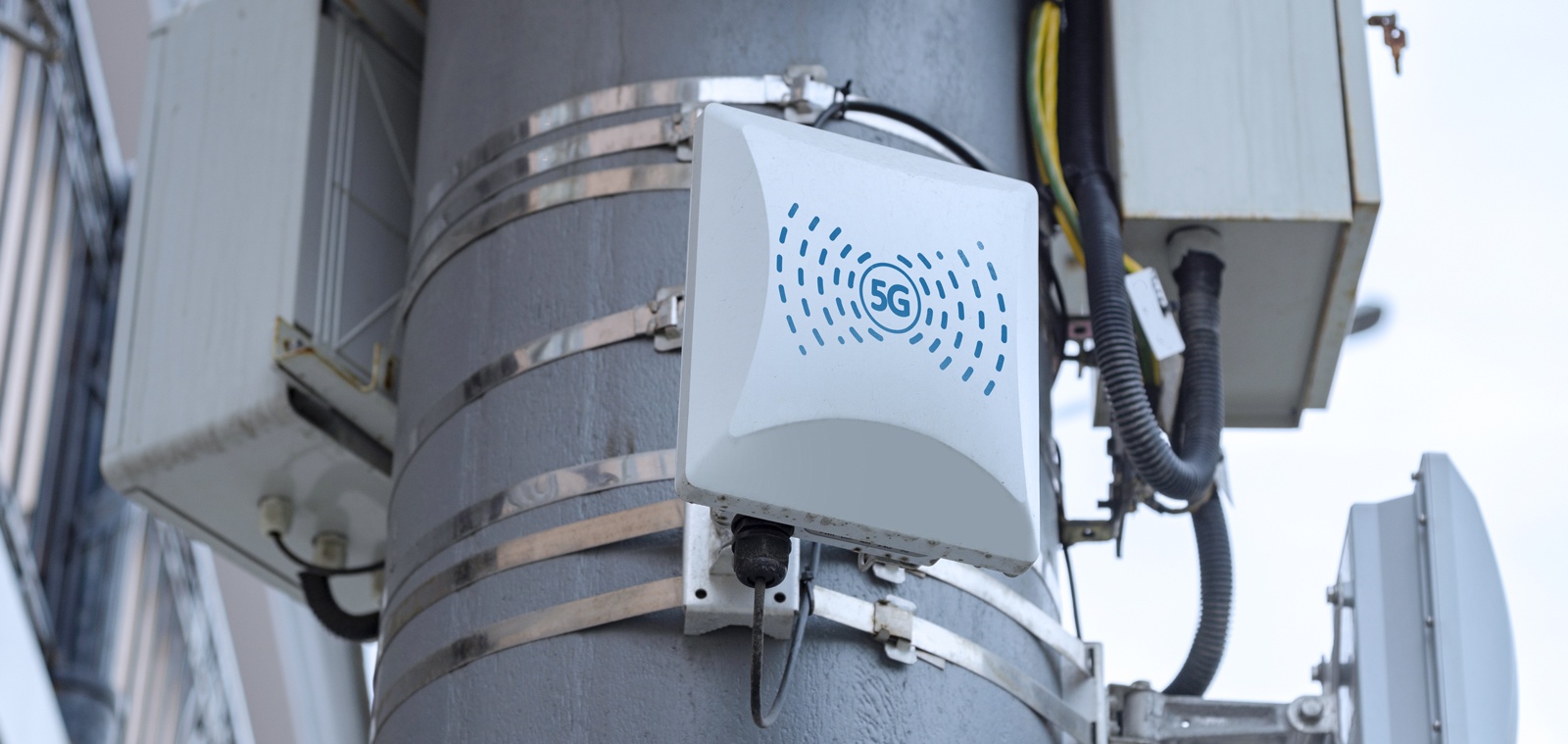By all accounts, 5G is expected to be a major breakthrough in high-speed mobility. Providers are touting connection speeds 20 times faster than 4G and greatly reduced latency. At Cable Plus, we like to take a practical approach and consider how this will impact our customers who install and manage the local networks that support these technologies. Our focus is on your premise and how soon you can expect this demand.
Outdoors, accessing the 5G network is simple. The public gains access to the 5G network through small cell wireless transmitters. In urban settings, where 5G will be most prevalent, the small cells are installed on light poles, utility poles, buildings, and other structures. They are placed near the demand. However, the 5G signal does not penetrate building materials or cover large areas.
In fact, 5G operates in a high-frequency range that has poorer performance passing through building materials than its predecessors, and a range of only 1,000 feet. Range and penetration characteristics will require building owners, enterprises, manufacturers, shipping yards, and sporting venues to bring the small cell coverage into their property.
Distributed Antenna Systems (DAS) will not support this because 5G requires active components. If you have an existing 4G small cell solution, you would need to upgrade the active equipment to support 4G and 5G. You may also need to upgrade the cabling, with Category 6A to the antennas and fiber from the switch to the radio controller. In either case, there is a considerable investment and would require a meaningful use case and ROI to justify.
Like rollouts of in-building wireless solutions 10 years ago, large public venues will quickly adopt this technology to improve connectivity for thousands and even tens of thousands of guests. 5G was made to support breathtaking mobile experiences such as augmented visualizations at sporting events or theme parks. One difference, or X factor, between now and 10 years ago, is the proliferation of intelligent devices at the edge. IoT for transit systems, autonomous transportation, manufacturing, and building automation can benefit greatly from the millisecond latency of 5G. This speed will open up new use cases which may cause broader, early adoption in those markets. As for the enterprise market, expect to see 5G small cell in new construction and adoption into existing buildings further out.


 Now Hiring Assistant Controller
Now Hiring Assistant Controller